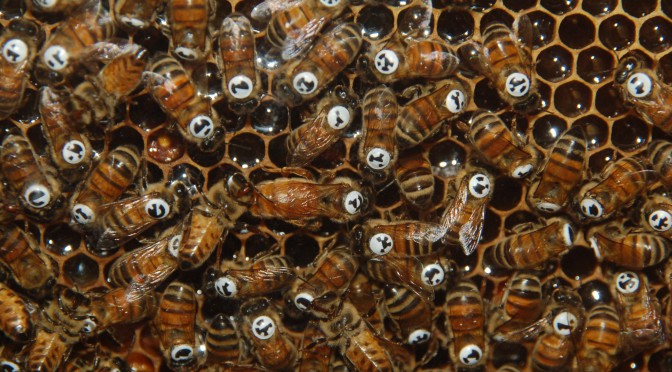Suppose a school of fishes suddenly turns. Who initated this turn? Was this leading fish acting first because of the topology of the swarm, him being closest to the cue? Or do individuals exist with a higher probability of leading? What properties do leaders have? Is it their looks, or their behavior that make the others follow?
Using a biomimetic fish robot we are able to test various hypotheses: we can make the Robofish thin or big, act risk-averse or adventurous, nervous or calm. Having full control over the hypothesis, experiments are perfectly reproduceable.
In the project RoboFish, as a joint project of Freie Universität Berlin (Rojas group) and Leibniz Institute of Freshwater Ecology (Krause group), we are developing a biomimetic fish swarm for the investigation of swarm intelligence in fish schools.



